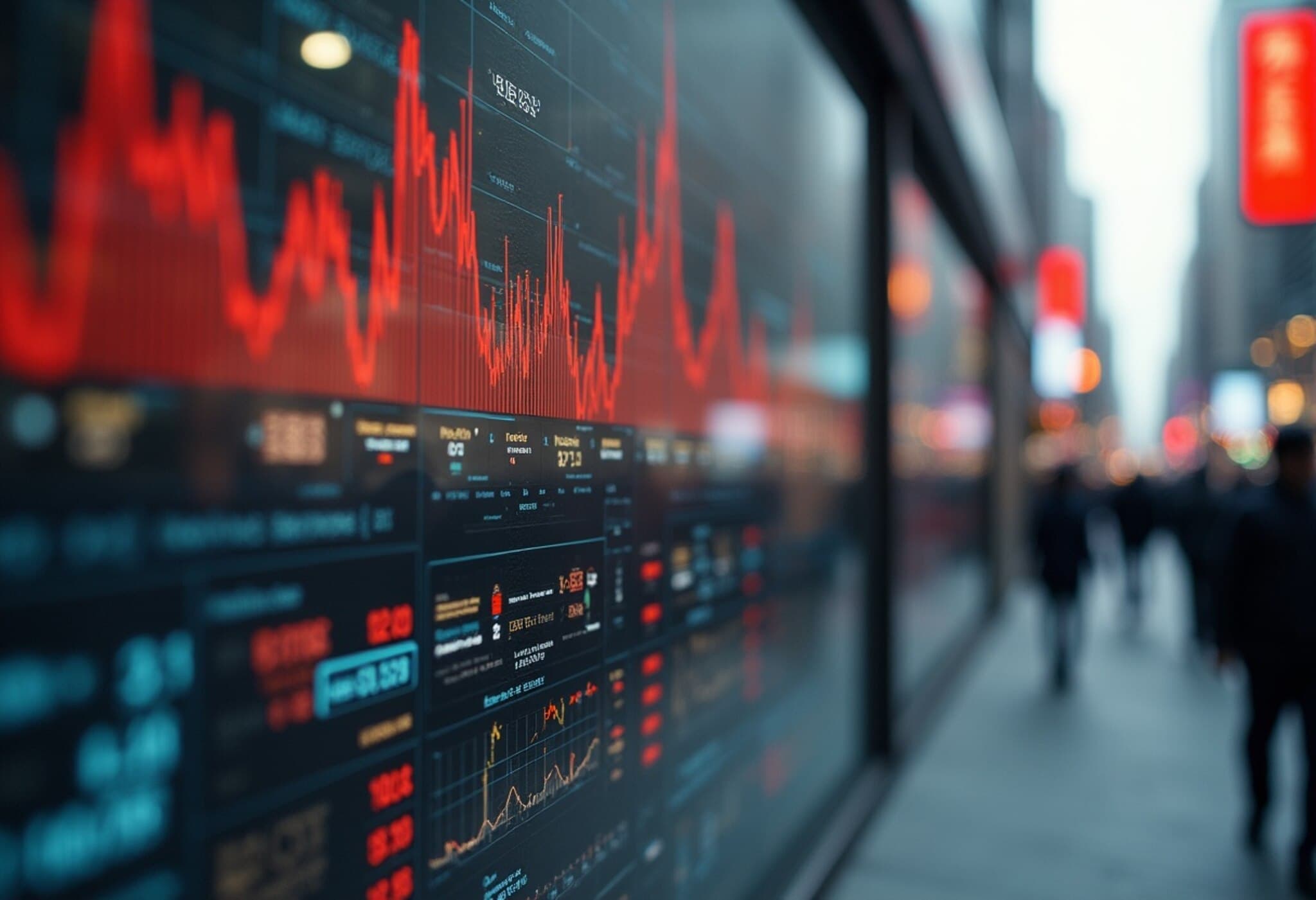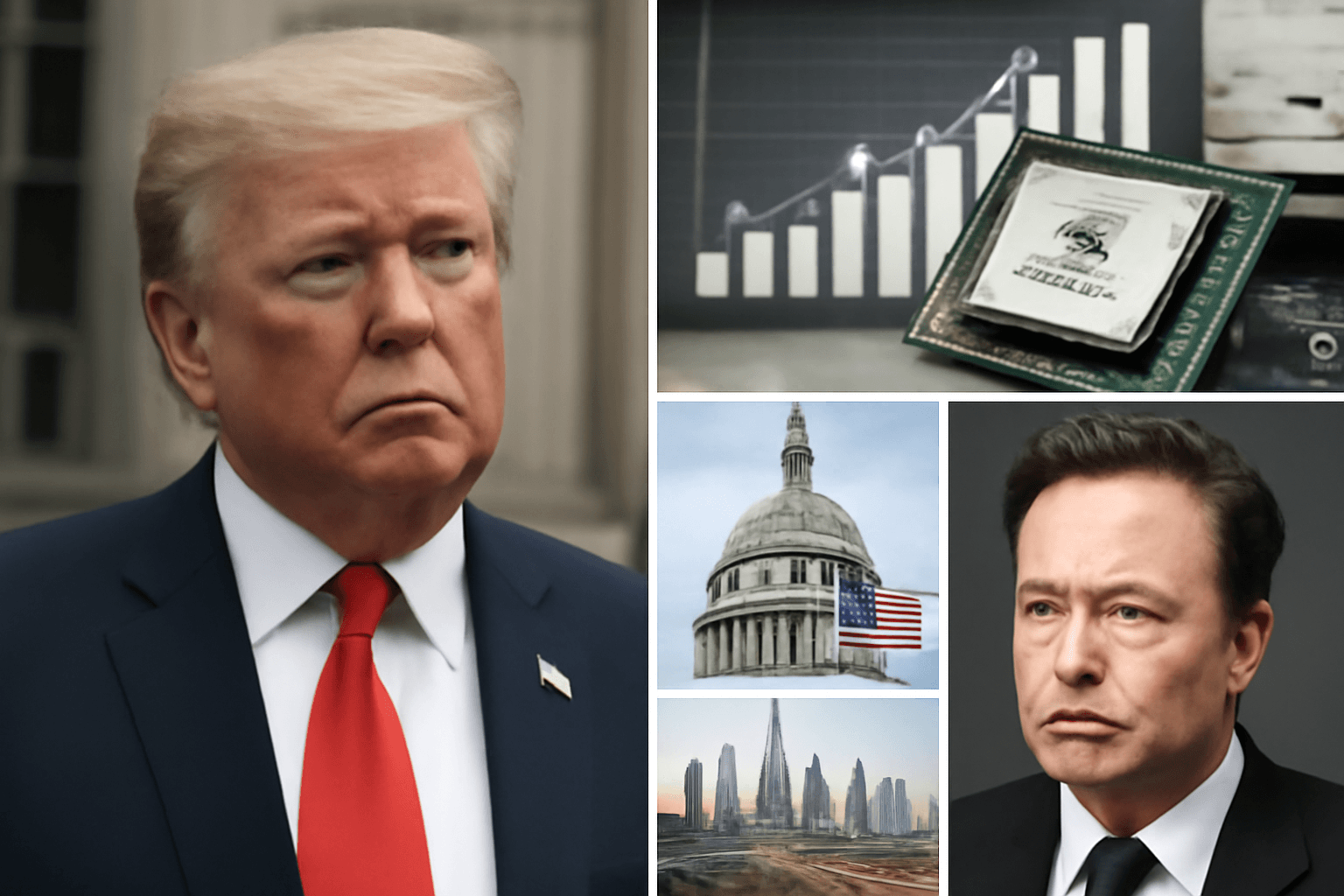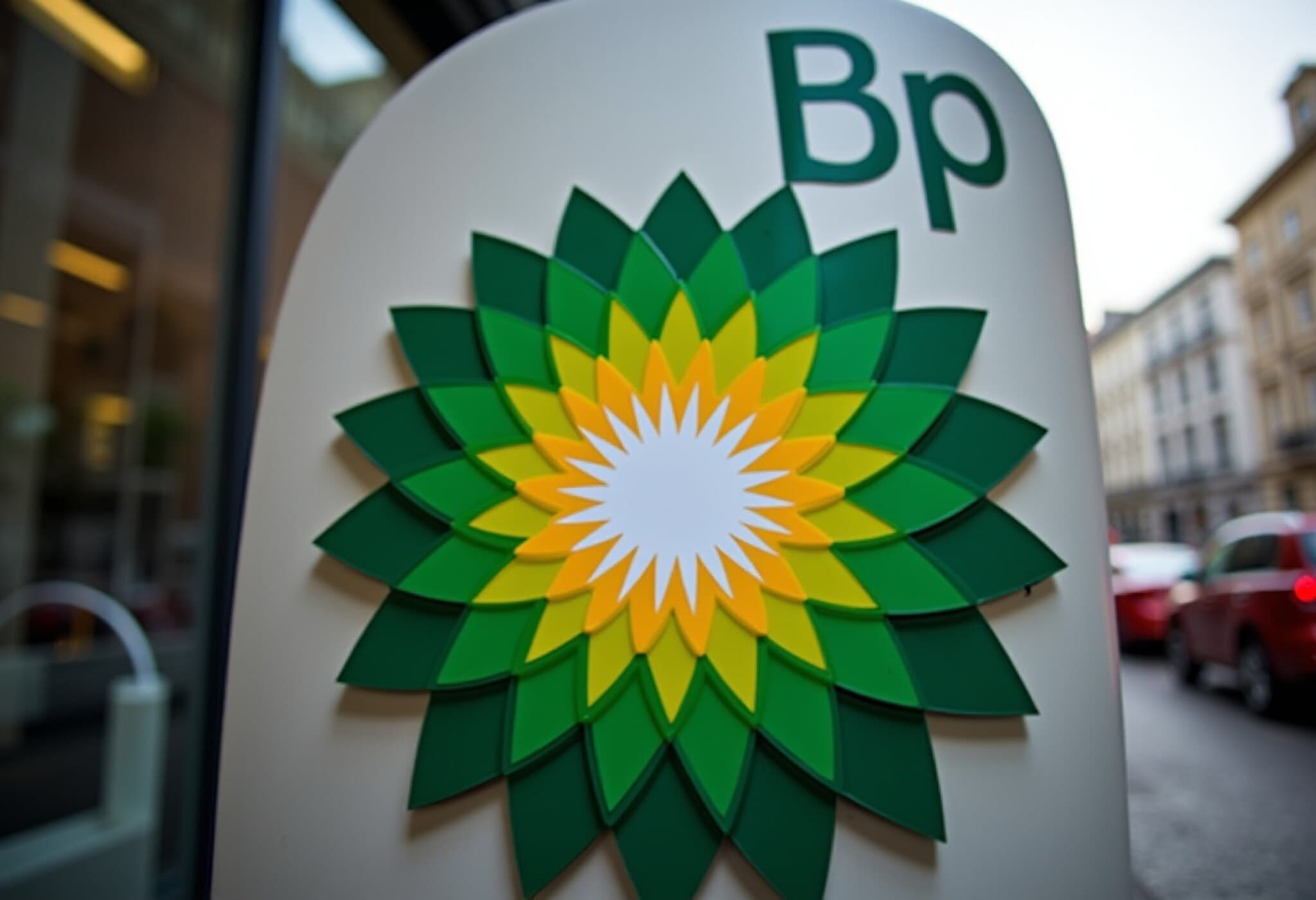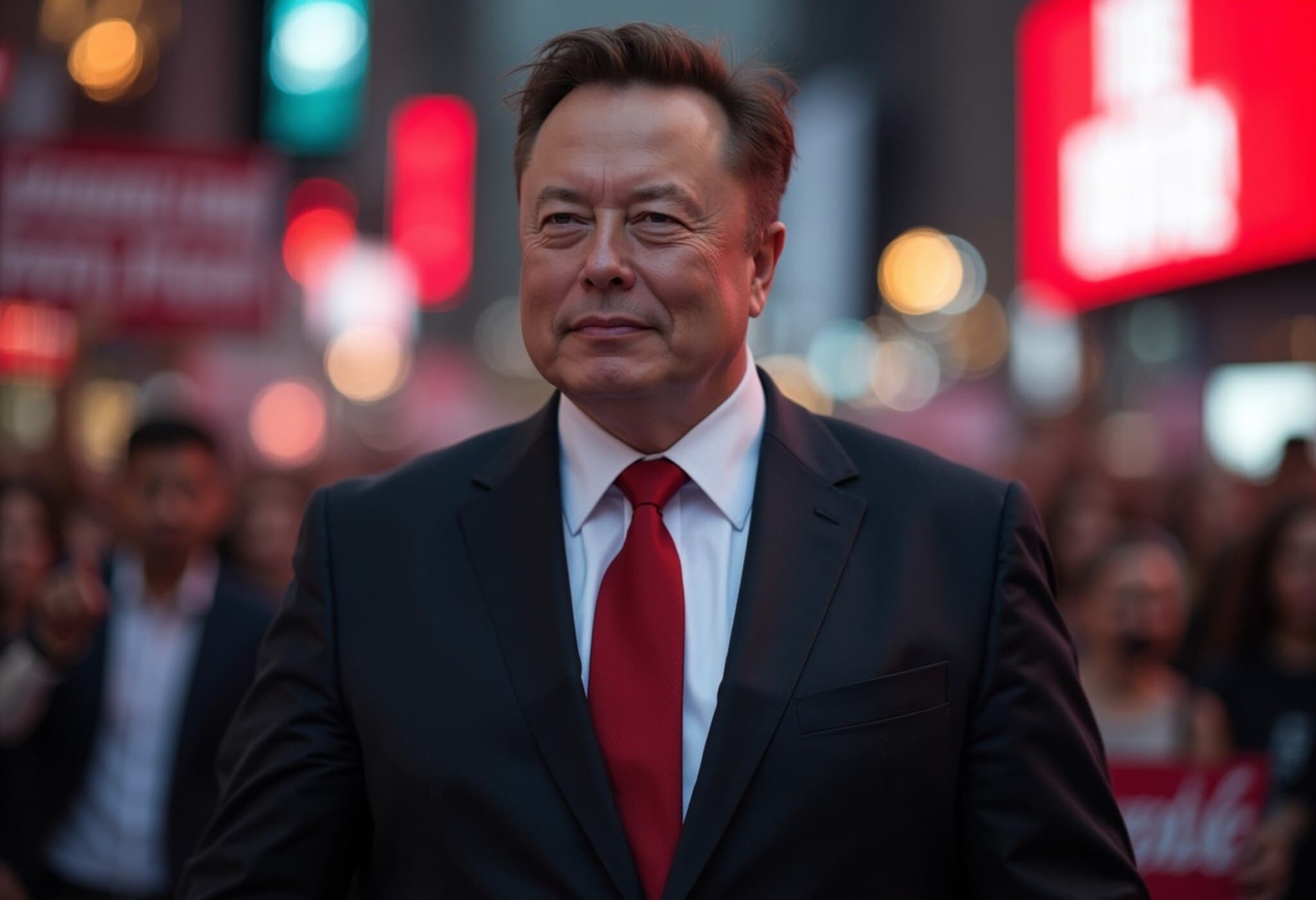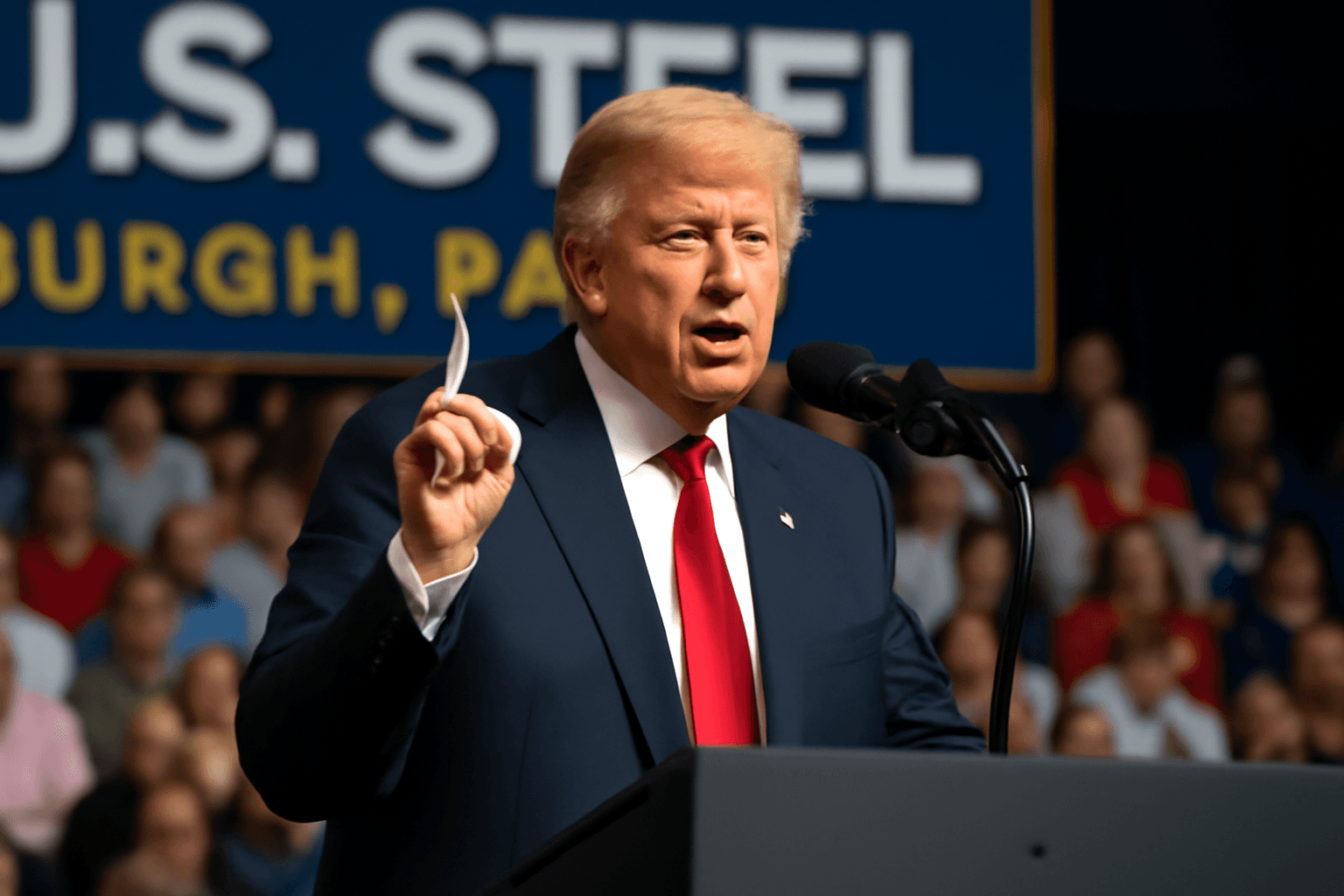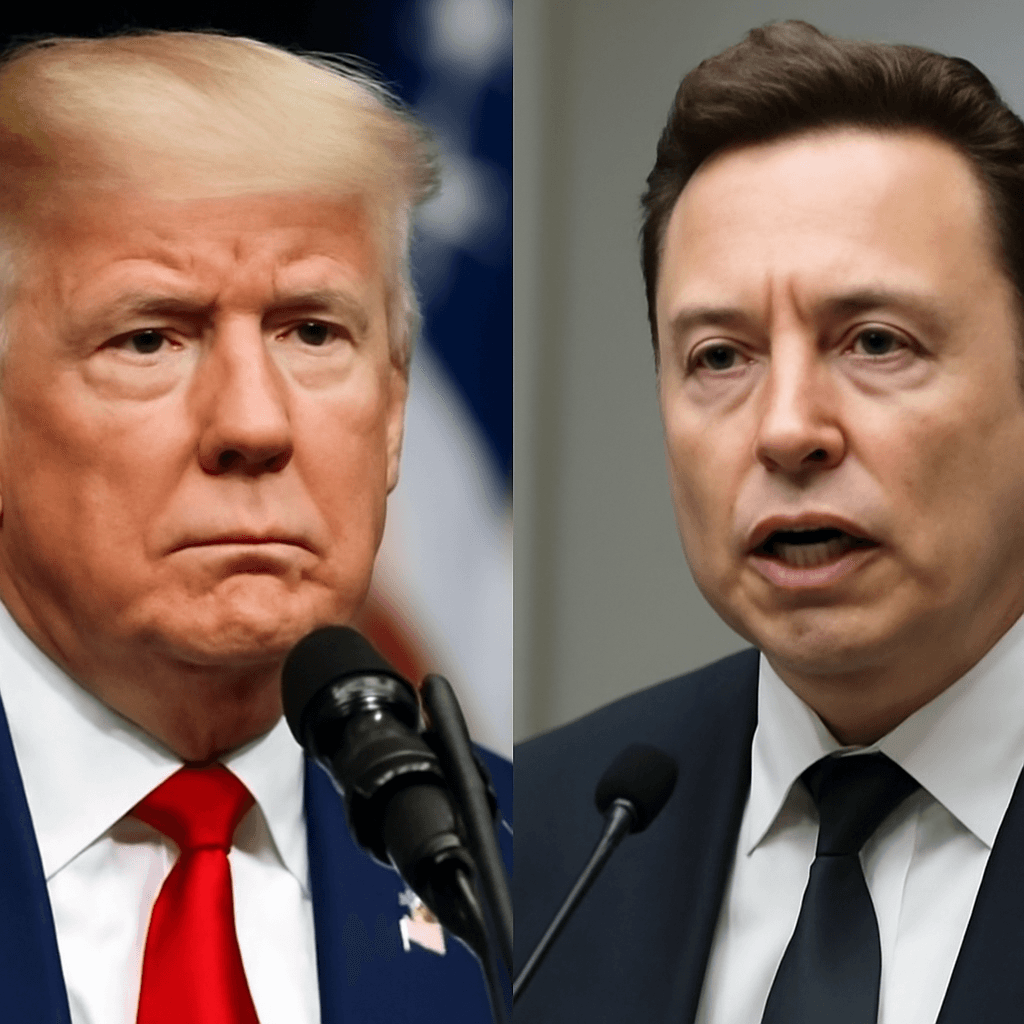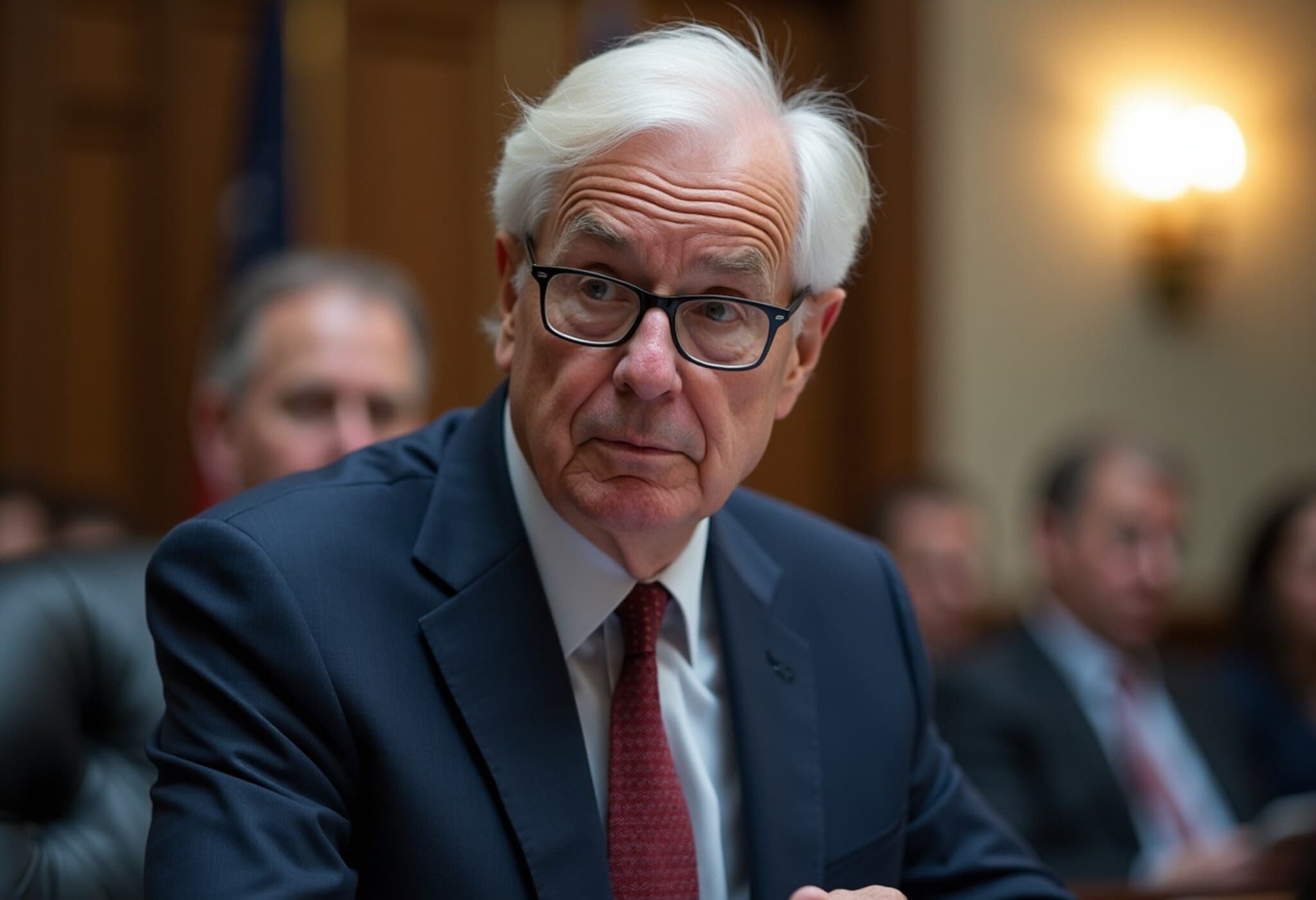European Defense Stocks Reach Unprecedented Highs Amid Rising Geopolitical Tensions
European defense equities have soared to new heights, reflecting heightened investor confidence in the sector amid ongoing global security concerns. The Stoxx Aerospace and Defense Index surged approximately 1.1% on Wednesday, marking a remarkable 53% increase year-to-date. This upswing underscores the growing strategic focus on defense industries across Europe as geopolitical uncertainties persist.
Germany’s Renk, a prominent military vehicle parts manufacturer, led gains with a 5.3% jump in stock value after reports surfaced that the company is exploring expansion into civilian markets. Poland’s defense giant also posted a solid 3% gain, while other key players in the sector experienced modest but positive momentum.
Banking Stocks Hit 17-Year Peaks Amid Market Optimism
Meanwhile, Europe’s banking sector is basking in a resurgence unseen since the 2008 financial crisis. The Stoxx Europe 600 Banks Index rose 1.4% to reach its highest point in nearly two decades. Top-performing banks include Banc Sabadell, surging 3.7%, alongside steady increases in other major European financial institutions.
This robust banking performance is driven by stronger economic indicators and improved regulatory outlooks, signaling resilience despite lingering uncertainties tied to international trade disputes.
European Markets Open on Positive Notes as Trade Issues Loom
European stocks opened slightly higher across key markets, including the French CAC 40 and Germany’s DAX rising 0.4%, while the FTSE 100 in London edged up 0.1%. Investors remain cautious but optimistic as the specter of US trade tariffs casts a shadow over markets.
White House Trade Policies Spark Market Attention
U.S. President Donald Trump’s recent trade policy announcements have profound implications for global markets. On Monday, Trump extended reciprocal tariffs to 14 countries, imposing levies ranging from 25% to 40%. This bold move has heightened market uncertainty over global supply chains and trade relationships.
A particularly notable development was the announcement of a planned 50% tariff on copper, a vital industrial metal, raising concerns about potential price volatility in manufacturing and construction sectors worldwide. Moreover, the President reiterated threats of imposing stratospheric tariffs up to 200% on pharmaceutical imports, signaling an aggressive stance on trade negotiations that could disrupt global healthcare supply chains.
Interestingly, no new tariffs have been targeted at the European Union so far, with diplomatic engagements hinting at a possible trade framework that might include a reduced 10% baseline tariff and exemptions for critical goods such as aircraft and spirits. Such developments highlight the delicate balance between protectionist policies and the pursuit of mutually beneficial trade arrangements.
Market Outlook: Key Events and Trends to Watch
- OPEC Seminar in Vienna: Energy market participants will closely observe discussions that may influence oil price trajectories amid geopolitical tensions.
- RAISE Summit in Paris: Technological innovation, especially in artificial intelligence, takes center stage, potentially impacting tech sector valuations.
- U.S.-EU Trade Deal Prospects: Investors are keenly awaiting news on potential agreements that could ease trade frictions.
With no significant earnings reports or economic data scheduled for Wednesday, market focus remains squarely on trade policy developments and their broader economic implications.
Expert Insights: What This Means for Investors and Policymakers
The rally in European defense stocks reflects an investor shift toward sectors perceived as resilient to geopolitical shocks. Given ongoing tensions in Eastern Europe and robust military spending, defense companies are strategically positioned for sustained growth.
Financial institutions’ rebound signals confidence in the European economy’s capacity to withstand external shocks, although trade uncertainties underscore the need for policymakers to balance protectionism with open market principles.
Moreover, President Trump’s tariff strategies spotlight an increasingly fragmented global trade environment. While aiming to protect domestic industries, these measures risk triggering retaliatory actions and supply chain disruptions, emphasizing the importance of multilayered diplomatic efforts moving forward.
Editor’s Note
The evolving landscape of European markets amid fluctuating trade policies offers a window into the complex interplay between geopolitics and global finance. Readers should consider how defense sector gains might be a barometer of broader security anxieties, while banking sector strength reflects underlying economic resilience. As trade tensions mount, the coming weeks are critical for assessing if diplomatic negotiations can restore stability or if markets must brace for volatility. Investors and policymakers alike should monitor these developments closely to navigate this intricate economic terrain.

